The first fundamental with a presentation is getting a clear written brief and in advance. Our objective is to ensure we get this for you and that you have sufficient preparation time and that appropriate ICT facilities are provided and that the room size you are to present in is conducive to giving a professional presentation.
The only exception to the advance notification is where an employer gives you a subject to present against and a very limited to time to prepare and deliver the presentation.
The objective here is to test you under pressure. You may, for example, be given a set of company accounts to review or a sales opportunity and be asked to then present your thoughts.
Here are some fundamentals to structuring and delivering a successful presentation
- Know who you are presenting to and what their roles are
- Know how long the presentation can be ( > 20 minutes is too long ) Some sales presentations mock the real thing and in such a scenario you may be allowed to set members of the audience in a role say of Finance Director etc
The presentation should have the following core structure
- An opening slide stating who you are , the company you are presenting to and the date (a professional personal touch is to down load the company’s logo onto the master template )
- An agenda slide
- The content slides
- A summary slide
- A final slide that moves the audience to action.
- If giving a sales presentation the final slide could be a “ 10 good reasons to hire me” slide
- Do not give out copies of your presentation until you have finished presenting or otherwise human nature dictates that your audience will read ahead of you.
- Try to limit the amount of text on each slide , the adage a picture paints a thousand words is apt , at all costs avoid reading the text on each slide , try to enlarge on each bullet point instead.
- Before starting, advise the audience whether you are willing to take questions throughout the presentation or whether you want them to hold back questions to the end. When presenting to a large group we strongly advise that questions are held back. With a small group of 2 or 3 you may choose to take questions throughout. If you do, you must remain in control to avoid questioners going off on tangents and also if questions are raised that you are to cover on future slides then you should defer answering in favour of “I am coming to this point on slide X”. As a general rule it is better to take questions at the end.
- Taking questions at the end is great opportunity to get feedback on your presentation and to steer the dialogue to the next stage of the selection process.
- If you are asked a question that you genuinely cannot answer do not try to bluff. Try to use the techniques that teachers often use that of “ That is a very good question. I would like to turn that one back to the rest of the group for their thoughts”, If pressed, and you really don’t know the answer then say “Right now I don’t know the answer but I can find the answer. What number can I call you on and when with the answer?” You are likely to be respected more for your honesty with this approach.

